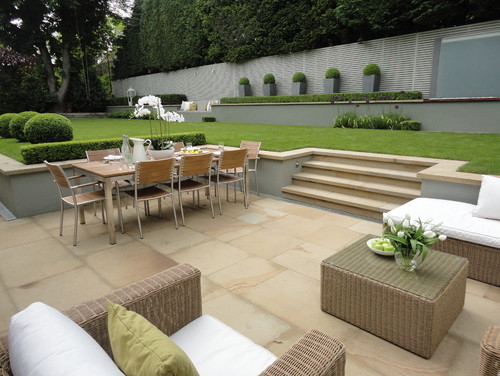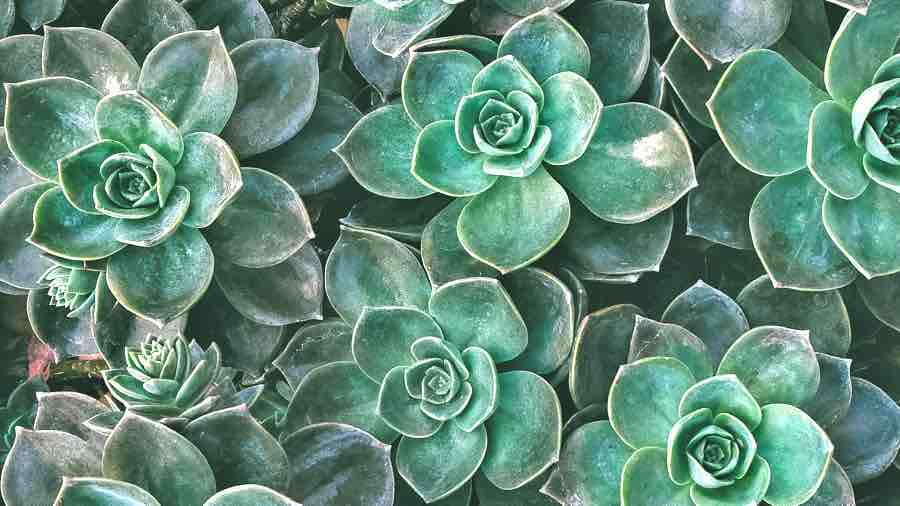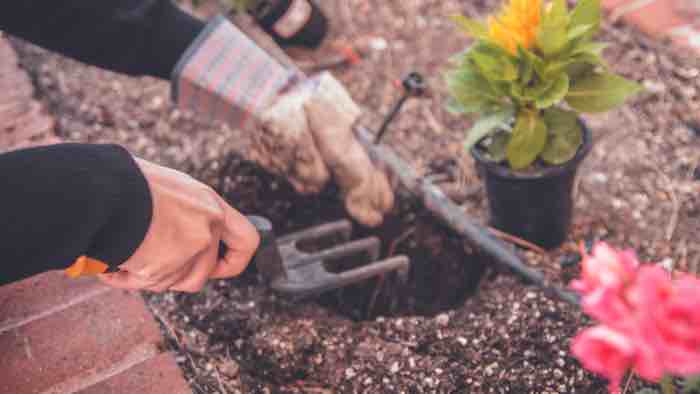Once you’ve decided to start a tower garden, it’s essential to understand the practical aspects, such as costs, what you can grow, and common concerns.
This article will guide you through these details to help you get started.
If you’re new to tower gardening and want to understand the many benefits it offers, make sure to read our introductory article on The Benefits of Tower Gardening: Grow More with Less Space.
The Cost of a Tower Garden
Currently, there is one official manufacturer of tower gardens, offering systems that include everything you need to get started, including seeds.
- A single tower accommodates up to 20 plants and costs around $500.
- You can also purchase an extension kit to expand the capacity to 28 plants.
Investing in multiple towers might be more practical for larger families or those who cook frequently.
The Tower Garden Family Garden package, which includes three towers, offers savings compared to buying individual units.
You can also buy additional supplies or replacement parts separately, such as accessories or a heater for growing in cooler climates.
While the upfront cost may seem high, consider the long-term savings on fresh produce, which can offset the initial investment.
What Can I Grow with a Tower Garden?
Tower gardens allow you to grow a wide variety of foods, including vegetables, fruits, and herbs:
- Vegetables: Broccoli, cauliflower, cucumbers, eggplant, lettuce, peas, spinach, and more.
- Fruits: Tomatoes, strawberries, and melons.
- Herbs: Basil, chives, cilantro, dill, oregano, parsley, thyme, and many others.
- Flowers: Marigolds, salvia, pansies, and sunflowers can also be grown to add color to your garden.
With a tower garden, you can grow nearly anything you would in a traditional garden, using less space and fewer natural resources and enjoying a quicker harvest.
Is Tower Gardening Organic?
Although tower gardening is not technically considered organic due to the lack of soil—a key component—it offers many of the same benefits.
By using aeroponics, you eliminate the need for harmful herbicides and pesticides.
While a fertilizer solution is necessary to provide nutrients, this method is eco-friendly and safe for your family, using fewer natural resources than traditional gardening.
How Does Produce Taste from a Tower Garden?
The taste of fresh, homegrown products will blow your mind. Picking produce from the tower garden at the peak of ripeness is part of the experience.
On the other hand, in supermarkets, you may encounter products that have been harvested before they are fully ripe and may lose their flavor over time.
Vegetables like tomatoes and peppers have more intense flavors, while fruits like strawberries and melons are juicier and sweeter.
Once you’ve experienced the taste of homegrown produce, you’ll likely find store-bought options less satisfying.
Suppose you grow more food than you can consume immediately. In that case, you can preserve the surplus by freezing, canning, or drying it, allowing you to enjoy fresh flavors year-round.
Is the Plastic in a Tower Garden Safe?
A common concern about tower gardens is using plastic, which can leach harmful chemicals if exposed to heat.
However, the plastic used in tower gardens is treated with a UV protector, preventing it from breaking down and leaching chemicals.
This ensures that your plants grow in a safe environment, with the plastic helping to keep roots cool and prevent algae growth.
Can Children Enjoy a Tower Garden?
Tower gardens are an excellent way to get children involved and teach them about food production.
Many urban children need to be more connected to where their food comes from, often assuming it’s made in factories. A tower garden lets kids learn how food is grown, even in a small space.
Encouraging children to choose and grow their plants can foster a love for healthy eating and an understanding of environmental responsibility.
In Summary
Starting a tower garden is a practical way to grow fresh produce and a cost-effective and educational investment.
With the ability to develop a wide variety of foods, ensure safety, and involve children in the gardening process, tower gardening is a versatile option that offers numerous benefits.
Whether you’re new to gardening or looking to expand your current efforts, a tower garden can help you achieve your goals in a space-efficient and eco-friendly manner.
















